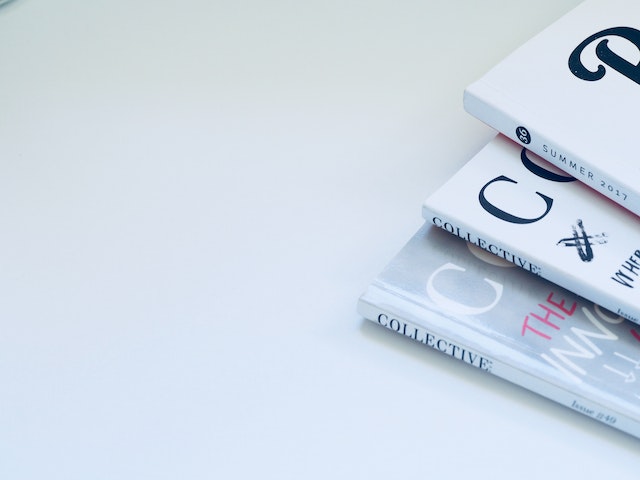Perfect binding is a great way to ensure that your magazine or book has a high-quality appearance and is durable enough to last. There are many kinds of binding, including PUR, sewn, and magazine binding. These all provide a range of benefits to the product and are suited to various uses.
Sewn binding
Whether you are binding a small book or a significant publication, using perfect binding is a reliable way to keep your product in shape. It is prevalent for books that will be kept for a long time. It also provides the look of separate pages. Perfect binding can be used for most products printed on paper. However, some products are not eligible. Perfect binding is typically used for softcover books but also for hardcover books. It is a professional bookbinding method that gives your product a professional appearance and ensures that your spine is square. It is also an excellent solution for books that need to be cataloged. It also allows you to include your name and issue number on the spine. Sewn binding is the most durable of the bookbinding methods. This method involves using pieces of thread to sew the book’s pages together. It is a commonly used technique for textbooks, encyclopedias, and journals. These books are durable and tamper-proof.
PUR binding
Whether you’re a professional bookbinder or a home enthusiast, choosing the best binding method is essential. The material used to create your book will affect how long it lasts, how easy it is to remove the pages and the overall appearance. One of the most popular types of bookbinding is PUR. This adhesive can bind to virtually any type of paper stock. It also bonds to UV-coated stores and is resistant to extreme temperatures.
PUR is ideal for books that will be used frequently and require durability. It can also be used to bind books on hardcovers. In addition, this adhesive offers a great alternative to the traditional Smythe sewing process. PUR offers a 40% to 60% improvement in page pull-out resistance over EVA. It also produces a clear-cut, crisp look. The PUR adhesive can bond to various substrates, including cross-grained, UV-coated, and mylar. It’s also capable of adhering to coated, glossy, and recycled paper. It’s also impervious to print ink oil migration.
Magazine binding
Choosing the perfect magazine binding is one of the most critical decisions a publisher can make. The perfect binding will give a finished product a polished look and provide durability and longevity. In addition, it will also make it easy to store. Finally, it is also a great way to draw attention to your publications. Perfect binding is a form of adhesive binding where pages are bound together using a hot-melt adhesive. This type of binding is best suited for publications with many pages, such as magazines with more than 64 pages. To achieve perfect binding, the spine of a book must be several millimeters thick. This is to ensure that the glue will adhere to the spine. Once the spine is cut to a rough edge, it is trimmed to size, and adhesive is applied using rollers. In addition to the classic method, a newer approach uses a unique high-tach adhesive. This technique has revolutionized the printing industry.
Durability
Creating a durable product is a crucial aspect of the perfect binding process. This process binds pages and covers together, creating a solid spine. With a sturdy spine, a book will stand up nicely and easily open and close. Several factors contribute to the durability of a perfect bound book, including the size and thickness of the spine, the cover’s thickness, and the thickness of the paper used. Perfect binding is a popular method for binding books. It is cost-effective and produces a professional look. It is used for many books, including softcover books, paperback novels, and magazines. It is also used for catalogs and marketing brochures. There are two main types of perfect binding. The first type uses expanding glue, which takes more time to complete. The second type uses PUR adhesives, which produce a more durable finish. In addition, PUR works with a variety of paper stocks and inks, so it is ideal for long-lasting prints. Both types of perfect binding are famous for their affordability and durability. Whether you are printing a marketing brochure, booklet, or magazine, perfect binding provides a professional look.
Appearance
Using perfect binding for your subsequent publication is a great idea, but there are some downsides to this method of book production. It could be more durable and cost-effective. Compared to hardcover book production, perfect binding is often cheaper. For instance, a small softcover book may cost less than a hundred dollars. This is because the main component of a perfect-bound book is a thin cover, which is covered with a heavy-duty adhesive. Next, the internal pages are printed on both sides of the text-weight paper. Then, they are glued into the book in a numbered page order.

